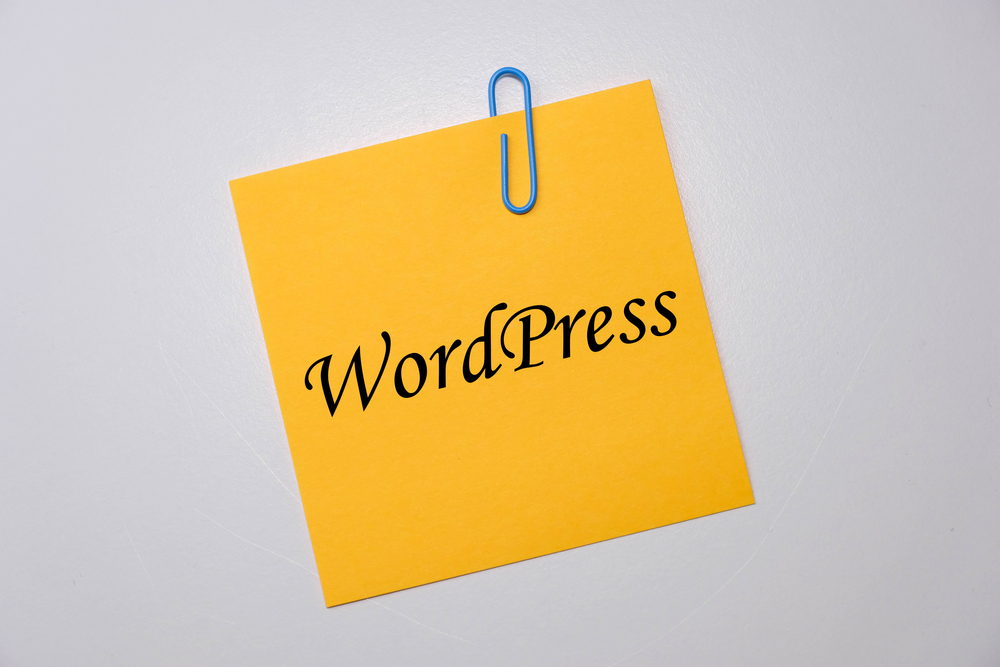
Mastering WordPress Website Customization and Maintenance: Pro Tips & Tricks

WordPress has emerged as one of the most popular platforms for creating and managing websites. Its user-friendly interface and extensive customization options have made it a favorite among businesses, bloggers, and individuals alike. However, to truly master WordPress website customization and maintenance, it is crucial to be equipped with certain pro tips and tricks. In this article, we will explore some of the most effective techniques that will take your WordPress (the blogging platform) website to the next level.
1. Installing a Theme
The first step in customizing your WordPress website is to choose and install a theme that suits your requirements. There are thousands of free and premium themes available, offering various designs and functionalities. To install a theme, log in to your WordPress (WP) dashboard, navigate to "Appearance," and click on "Themes." From here, you can browse through the available themes and install the one you prefer. For a fully customized experience, consider selecting a theme that offers advanced customization options.
2. Customizing the Theme
Once you have installed a theme, it's time to customize it to align with your brand and website goals. WordPress provides a built-in customizer that allows you to modify various aspects of your theme, such as colors, fonts, layouts, header images, and more. To access the customizer, go to "Appearance" and click on "Customize." Make the necessary changes and click on "Save & Publish" to apply them. Some themes may also offer additional customization options through their own dedicated options panels or plugins.
3. Extending Functionality with Plugins
WordPress's true power lies in its plugins. These small snippets of code allow you to add new features and functionalities to your website. Whether you want to create a contact form, improve website security, enhance SEO, or add social media integration, there's a plugin for virtually everything. To install a plugin, go to "Plugins" in your WordPress (or WP) dashboard and click on "Add New." You can search for plugins by name or browse through the featured, popular, or recommended options. Once you find a plugin that suits your needs, click on "Install" and then "Activate" to make it functional.
4. Creating Custom Menus
WordPress (the platform for bloggers) allows you to create custom menus and navigation bars, offering you complete control over your website's structure. To create a custom menu, go to "Appearance" and click on "Menus." From here, you can add and arrange menu items, including pages, categories, links, and more. You can even create multiple menus and assign them to different locations on your website. Custom menus not only improve user experience but also help in organizing your content in a logical and structured manner.
5. Optimizing for SEO
Search engine optimization (SEO) is crucial for improving your website's visibility and attracting organic traffic. Luckily, WordPress provides several plugins that can assist you in optimizing your website for search engines. One such highly recommended plugin is Yoast SEO. It offers a wide range of features, including XML sitemap generation, meta tag management, content analysis, and readability checks. By installing and configuring an SEO plugin, you can easily optimize your website's title tags, meta descriptions, headings, alt tags, and more without any coding.
6. Regularly Backing Up Your Website
Backing up your WordPress website is an essential aspect of website maintenance. Regular backups ensure that you have a recent copy of your website's data and files in case of any unforeseen events such as hacking, server crashes, or human errors. There are several backup plugins available that automate this process, making it hassle-free. One popular plugin is UpdraftPlus, which allows you to schedule backups, choose backup destinations (e.g., Dropbox, Google Drive), and restore your website easily if needed. Remember, it's better to be safe than sorry when it comes to protecting your website.
7. Keeping WordPress and Plugins Updated
WordPress regularly releases updates that improve its functionality, fix bugs, and enhance security. Similarly, plugin developers also release updates to add new features and address any vulnerabilities. It is crucial to keep both WordPress and your installed plugins updated to ensure optimum performance and security. To update WordPress, go to "Dashboard" and click on "Updates." From here, you can update not only WordPress core files but also themes and plugins. However, before updating, make sure to take a backup just in case there are any compatibility issues with other elements of your website.
8. Monitoring Website Performance
Monitoring your website's performance is vital to identify and resolve any potential issues that may affect user experience. Slow-loading websites often result in high bounce rates and dissatisfied visitors. To monitor your website's performance, consider installing a plugin like GTmetrix or PageSpeed Insights. These tools provide detailed insights into your website's loading speed, performance scores, and recommendations for improvement. By regularly monitoring your website's performance, you can identify and address any slow-loading elements, optimize images, enable caching, and enhance overall user experience.
Frequently Asked Questions
Q1. Can I change my WordPress theme after my website is live?
A1. Yes, you can change your WordPress theme even after your website is live. However, it's important to know that changing themes may modify your site's appearance and may require you to reconfigure certain settings. It is recommended to thoroughly test the new theme on a staging or development website before applying it to your live site to avoid any unexpected disruptions.
Q2. Are all plugins free on WordPress?
A2. No, not all plugins for WordPress are free. While WordPress offers a vast selection of free plugins, some plugins come with premium features or belong to third-party developers who charge for their products. It is important to carefully review the features, ratings, and documentation of a plugin before installing it and consider any associated costs for premium versions, if applicable.
Q3. How often should I update WordPress and plugins?
A3. It is generally recommended to update WordPress and plugins as soon as updates become available. Developers release updates to introduce new features, improve functionality, and address security vulnerabilities. By updating your WordPress core files and plugins regularly, you ensure that your website remains secure, compatible with the latest technologies, and provides an optimal user experience.
Q4. Is it necessary to optimize my website for mobile devices?
A4. Yes, optimizing your website for mobile devices is crucial. With the increasing use of smartphones and tablets, a significant portion of internet traffic now comes from mobile users. To provide a seamless browsing experience, it is essential to ensure that your website is mobile-friendly, easily accessible, and properly formatted for different devices. WordPress provides responsive themes and various plugins to help you optimize your website for mobile users.
Q5. How often should I back up my WordPress website?
A5. The frequency of backing up your WordPress website depends on the frequency of updates or changes you make to your website's content and configurations. If you frequently update or add new content, consider backing up your website at least once a week. However, if your website undergoes frequent updates or transactions, it may be wise to back up even more frequently, or consider utilizing backup plugins that provide automated scheduled backups for added convenience.
By incorporating these pro tips and tricks into your WordPress website customization and maintenance routine, you'll be able to create a highly customized, efficient, and secure website that meets your goals and impresses your visitors. WordPress's flexibility and the vast library of themes and plugins empower you to explore endless possibilities, allowing you to truly master the art of WordPress website customization.
Other useful resources
- https://en.wikipedia.org/wiki/Blog
- https://www.wordpress24plus.com/topics/wordpress-tips-and-tricks/
- https://www.wordpress24plus.com/services/